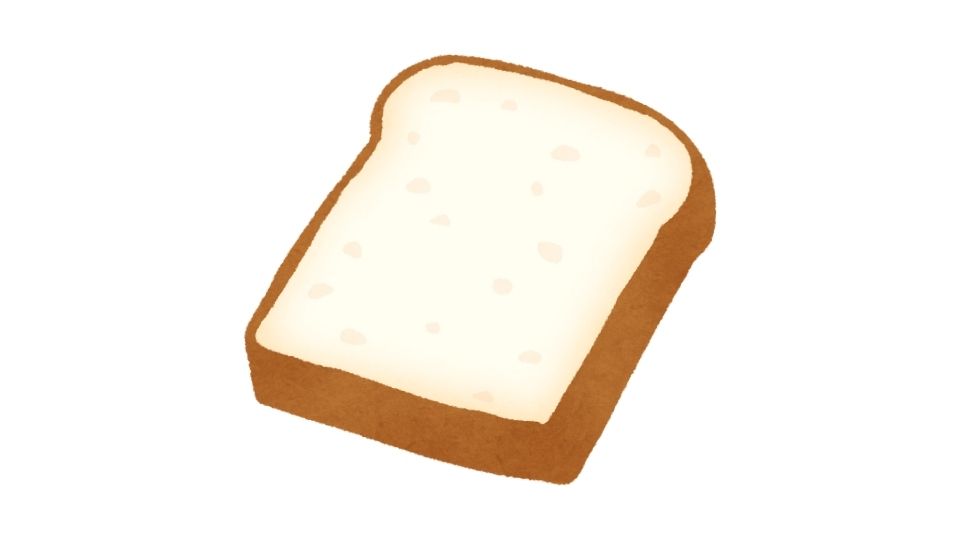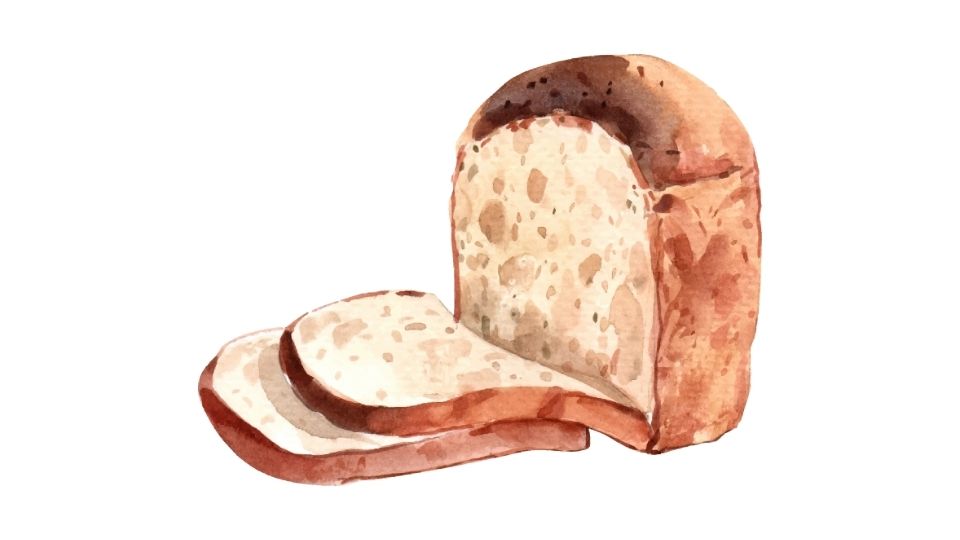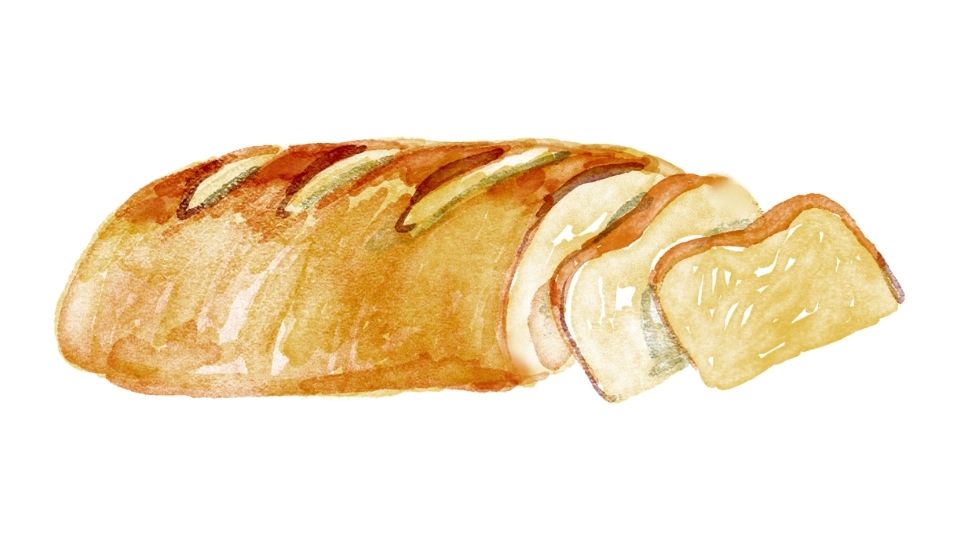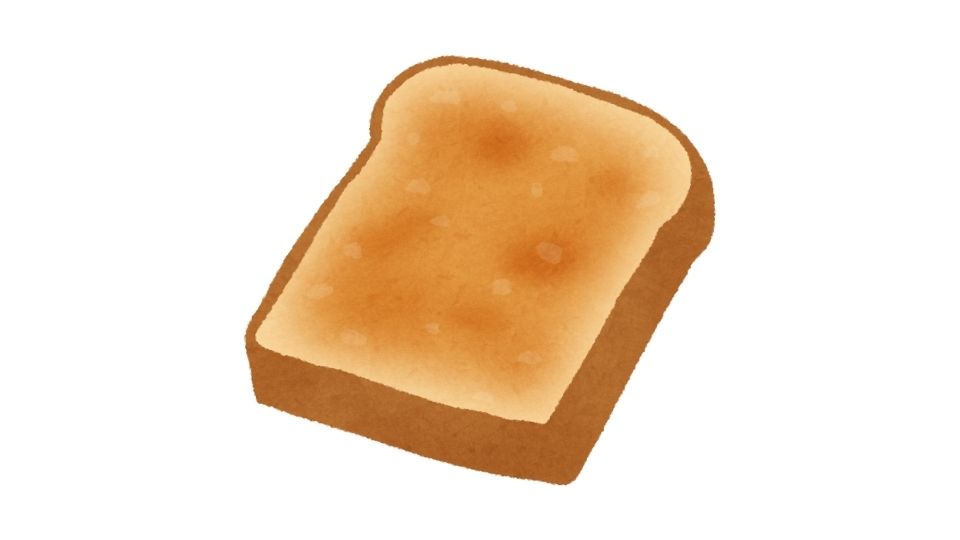Ever wonder how much protein is actually in that slice of toast you’re munching on?
Probably not – most of us just butter it up and move on with our lives. But if you’re trying to hit certain protein goals or just curious about what’s in your food, bread protein content is actually pretty interesting.
Turns out, your average slice has between 2-5 grams of protein depending on the type. Not exactly a protein powerhouse like chicken breast, but it adds up when you’re making that triple-decker sandwich!
Let’s break down the protein content in different breads and figure out if we should care at all (spoiler: maybe a little bit).

How Much Protein Is in a Slice of Bread?
The answer is: it depends!
Your basic white bread slice usually contains about 2-3 grams of protein. Whole wheat bumps that up to around 3-4 grams. And some fancy specialty breads like sprouted grain or protein-fortified varieties can pack up to 7+ grams per slice.
Here’s a quick breakdown by bread type:
| Bread Type | Protein Per Slice | What’s The Deal? |
|---|---|---|
| White Bread | 2-3g | Low protein, low fiber, basically just carbs |
| Whole Wheat | 3-4g | Better nutrition overall with more fiber |
| Multigrain | 2-3g | Varied grains but not necessarily more protein |
| Rye Bread | 2-3g | Lower glycemic index, similar protein to white |
| Sourdough | 3-4g (sometimes 7+) | Fermentation might help with protein absorption |
| Sprouted Bread | 5-7g | Higher protein from sprouted grains |
| High-Protein Bread | 5-11g | Specially formulated with added protein |
Why Does Protein Content Vary So Much?

The main reason is the type of flour used in the bread.
Whole grain and sprouted grain breads keep more of the grain’s natural protein compared to white bread, which loses nutrients during processing. Many whole grain breads contain significantly more nutrients overall, not just protein.
Some bread companies also add protein-rich ingredients like:
- Seeds (flax, chia, sunflower)
- Nuts
- Legume flours
- Protein isolates
These additions can seriously bump up the protein content. For example, Dave’s Killer Bread 21 Whole Grains and Seeds has 5g of protein per slice, nearly double what you’d get in regular white bread.
Should You Care About Protein in Bread?
If you’re someone who eats a lot of bread (hello, sandwich lovers), the protein content actually matters.
Think about it:
- 2 slices of regular bread = 4-6g protein
- 2 slices of high-protein bread = 10-14g protein
That difference of 6-8g is significant – it’s about the same as adding an egg to your meal!
For most people following a balanced diet with adequate protein intake, bread isn’t going to make or break your nutrition.
But for those tracking macros, trying to build muscle, or following plant-based diets where every gram of protein counts, choosing higher-protein bread varieties could be worthwhile.
How to Choose Bread for Protein

If you’re looking to maximize the protein in your bread, here are some tips:
- Check nutrition labels – Look for at least 5g protein per slice if possible
- Choose whole grain or sprouted bread – These naturally have more protein
- Look for added protein ingredients – Seeds, nuts, and legumes boost protein
- Consider specialty high-protein breads – Some brands now focus specifically on protein content
But remember: even the highest-protein bread isn’t a “protein food” in the same way eggs, meat, or tofu are. It’s still primarily a carbohydrate source.
For a truly protein-rich meal, pair your bread with other high-protein foods like eggs, Greek yogurt, or lean meats. A piece of toast with 2 eggs gives you about 14g of protein – now we’re talking!
Bread Protein in Context

Let’s put bread protein in perspective:
- 1 slice whole wheat bread (3.5g) = about half a boiled egg
- 2 slices high-protein bread (12g) = roughly the same as 2oz chicken breast
- Your average sandwich with bread + fillings = could easily hit 15-25g protein
If you eat 2-4 slices of bread per day, that’s potentially 6-20g of protein from bread alone. For reference, the average person needs about 0.8g of protein per kg of body weight daily, which translates to roughly 56g for men and 46g for women.
The Bottom Line on Bread Protein

Bread isn’t going to be your protein MVP, but it’s not nutritionally empty either.
If you’re serious about your nutrition goals, choosing higher-protein bread varieties can give you a slight edge. But don’t stress about it too much – the difference between 2g and 5g of protein in a slice isn’t going to dramatically change your physique.
For most of us, the best approach is simple: enjoy your bread (whatever kind you prefer), but don’t rely on it as your main protein source. And if you’re tracking your nutrition, be sure to account for these variations in your meal planning.
Whether you’re making avocado toast, a PB&J, or just enjoying a slice with butter – now you know exactly how much protein you’re getting. Bread knowledge = power!




Leave a Reply